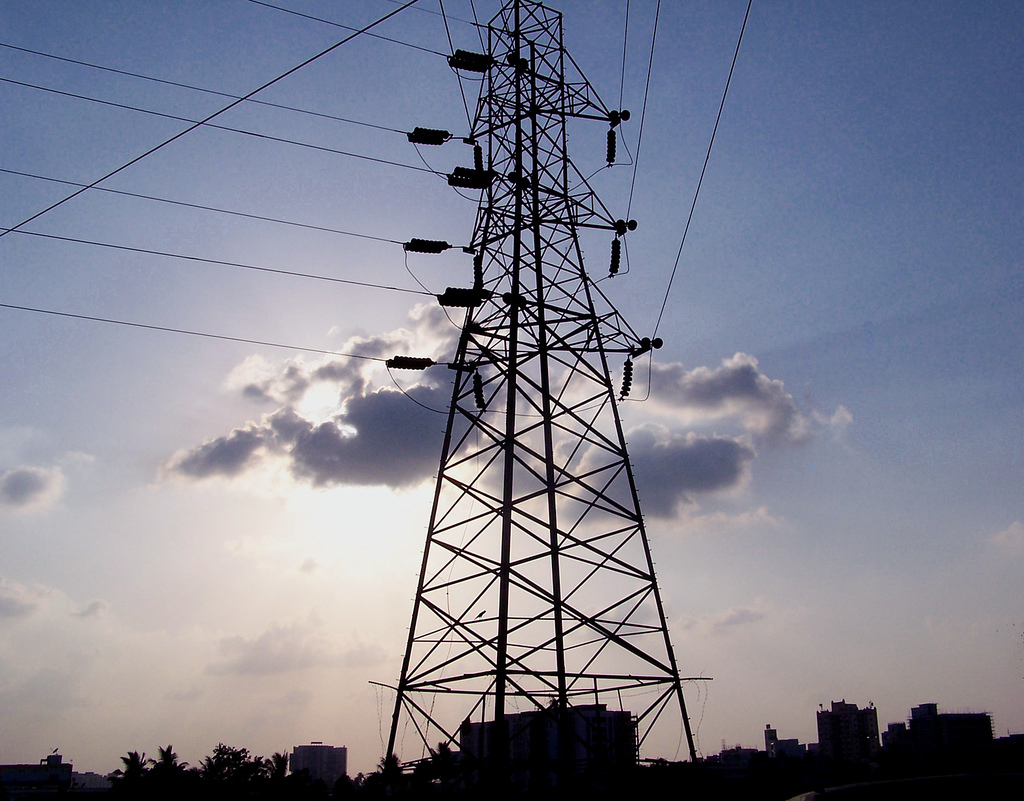The country has awarded the rights to build 12 GW of new transmission capacity since December, according to Anand Kumar, secretary of the Ministry of New and Renewable Energy (MNRE). By the end of June, bidding will start for an additional 16 GW, with the ministry set to open bids for another 38 GW on top of that by March 2020. The construction of 66 GW of new transmission capacity could cost as much as R 430 billion ($6.2 billion), Reuters quoted Kumar as saying.
The MNRE’s $5 billion announcement follows its recent amendment to the Solar and Ultra Mega Solar Park Scheme, under which the government will provide central financial assistance to Solar Energy Corp. of India (SECI) to build infrastructure such as transmission lines.
According to a recent Indian Ministry of Power document, the country currently has 410,539 circuit kilometers (ckt) of transmission lines, which is a huge jump from just 52,034 ckt in 1985. In the 2017-22 Five Year Plan period (up to February 2019), the country added 174,841 ckt of new transmission capacity.
In 2015-16, the Cabinet Committee on Economic Affairs approved a budget of R 101.42 billion to build a robust intrastate transmission network spanning the solar-rich states of Andhra Pradesh, Madhya Pradesh, Maharashtra, Gujarat, Rajasthan and Himachal Pradesh. In 2017-18, the government allocated R 5 billion to facilitate the installation of 350 ckt of transmission line. For the 2018-19 period, the target went up five times to 1,900 ckt, but the government only promised to allocate R 6 billion of funding — a mere 20% increase from the previous year.
This is insufficient, as the growth of renewable energy capacity is outpacing the expansion of the country’s grid infrastructure, which urgently needs to be modernized, according to a recent report by the Institute for Energy Economics and Financial Analysis (IEEFA).
“Given India’s geographic spread of renewable-rich states on the western and southern coasts, interregional transmission capacity for transmitting power from energy surplus states to deficit states will be needed, as well as better load balancing capacity,” the IEEFA says.
In August 2018, a committee on power transmission networks suggested building transmission system infrastructure to back the development of 50 GW of solar capacity and 16.5 GW of wind across seven states. The plan will be implemented in two phases through fiscal 2021 at a total estimated cost of about $6 billion, the IEEFA adds.
India aims to cumulatively install 100 GW of solar and 60 GW of wind by 2022. Combined biomass and hydropower capacity is expected to contribute 15 GW to the country’s overall 2022 target of 175 GW of renewables.
This content is protected by copyright and may not be reused. If you want to cooperate with us and would like to reuse some of our content, please contact: editors@pv-magazine.com.








By submitting this form you agree to pv magazine using your data for the purposes of publishing your comment.
Your personal data will only be disclosed or otherwise transmitted to third parties for the purposes of spam filtering or if this is necessary for technical maintenance of the website. Any other transfer to third parties will not take place unless this is justified on the basis of applicable data protection regulations or if pv magazine is legally obliged to do so.
You may revoke this consent at any time with effect for the future, in which case your personal data will be deleted immediately. Otherwise, your data will be deleted if pv magazine has processed your request or the purpose of data storage is fulfilled.
Further information on data privacy can be found in our Data Protection Policy.